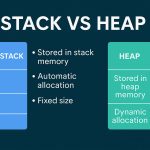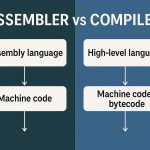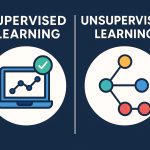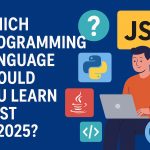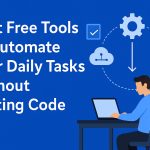Description
A Knowledge Graph is a structured representation of information that connects entities (such as people, places, events, or concepts) through relationships. These graphs enable machines to understand and infer meaning from complex data by organizing it in a graph-like structure. Each node in a knowledge graph represents an entity, and each edge represents a relationship between two entities.
Knowledge graphs are widely used in artificial intelligence (AI), natural language processing (NLP), and semantic web applications to improve data interoperability, contextual search, reasoning, and decision-making.
Core Components
- Entities (Nodes): The objects or concepts (e.g., “Barack Obama”, “United States”, “President”)
- Relationships (Edges): The connections between entities (e.g., “is president of”)
- Attributes (Properties): Additional data about entities (e.g., date of birth, nationality)
- Ontology: The schema or vocabulary that defines types of entities and relationships
Visual Structure:
Barack Obama ──[position held]──► President
│
└──[born in]──► HawaiiHow It Works
Knowledge graphs work by encoding knowledge in triples:
RDF Triple Format:
- Subject → Predicate → Object
Example:
"Barack Obama" → "is president of" → "United States"This triple states a fact that can be queried, reasoned about, or expanded upon with additional connections.
Example Using Turtle Syntax:
<http://example.org/Barack_Obama> <http://example.org/position> "President" .
<http://example.org/Barack_Obama> <http://example.org/bornIn> "Hawaii" .Applications
- Search Engines: Enhancing search with semantic understanding (e.g., Google Knowledge Graph)
- Recommendation Systems: Understanding user behavior via entities and relationships
- Question Answering: NLP systems use graphs to find relevant answers
- Chatbots and Virtual Assistants: Context-aware responses using entity resolution
- Data Integration: Combining siloed data across systems through semantic linking
- Enterprise Knowledge Management: Structuring organizational knowledge assets
Example: Google Knowledge Graph
Google uses a massive knowledge graph to:
- Enrich search results with side panels
- Provide contextual understanding (e.g., “Python” as language or snake?)
- Offer auto-complete and disambiguation
Advantages
- Contextual Understanding: Goes beyond keywords to concepts
- Flexibility: Easily accommodates new data and relationships
- Inference: Supports reasoning via logic and rules
- Interoperability: Uses standards like RDF, OWL for semantic data
- Scalability: Suitable for both small and massive datasets
Challenges
- Data Quality: Incorrect relationships can propagate errors
- Ontology Design: Defining schemas that are comprehensive and usable
- Complex Querying: Requires graph-specific query languages like SPARQL
- Integration: Merging diverse data sources can be difficult
Common Technologies
- RDF (Resource Description Framework): Data modeling format for triples
- OWL (Web Ontology Language): Describes ontologies
- SPARQL: Query language for RDF-based knowledge graphs
- Neo4j: Graph database system
- Apache Jena: Java framework for building semantic web apps
Sample SPARQL Query
SELECT ?position WHERE {
?person <http://example.org/name> "Barack Obama" .
?person <http://example.org/position> ?position .
}This returns all positions held by “Barack Obama” in the graph.
Real-World Use Cases
- LinkedIn: Job role and skill mappings
- Amazon: Product-category-brand relationships
- Facebook: Social graphs based on user interactions
- Spotify: Genre-artist-album linkages
- IBM Watson: Question answering and diagnostics
Comparison with Relational Databases
| Feature | Knowledge Graph | Relational DB |
|---|---|---|
| Structure | Graph of entities/links | Tables and rows |
| Schema Flexibility | High (schema-less) | Rigid |
| Query Language | SPARQL | SQL |
| Data Modeling | Triples (Subject-P-O) | Relational schema |
| Relationship Strength | First-class citizens | Foreign keys (secondary) |
Best Practices
- Normalize entities (e.g., “Barack Obama” vs “B. Obama”)
- Use standard vocabularies like Schema.org, FOAF, Dublin Core
- Validate RDF data with SHACL or ShEx
- Design efficient and scalable ontologies
- Continuously update and enrich the graph
Summary
A Knowledge Graph is a powerful tool that helps computers understand the world as humans do—through connections and context. By representing data in a structured and interlinked format, knowledge graphs enable smarter search, better recommendations, and more intuitive AI systems. Their flexibility, scalability, and semantic richness make them essential in modern data-driven applications across industries.



